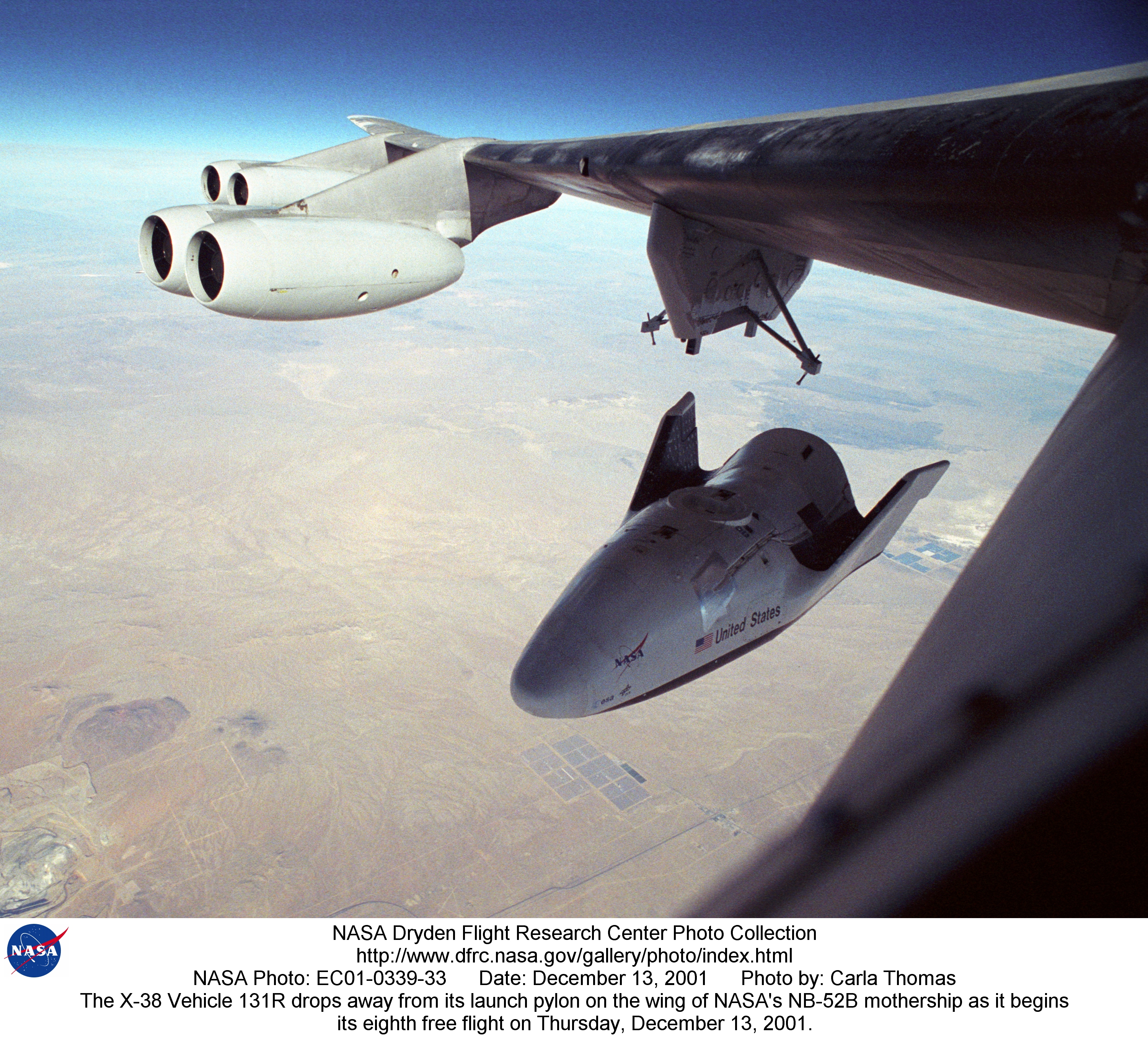
By W. Scott Cameron
In 2004, I was part of a team developing the agenda and session topics for a Procter & Gamble engineering community of practice meeting. This major, two-day, biannual event brings all project managers and related disciplines (construction, cost engineering, capital finance, capital purchasing, and scheduling and planning) in the company together to share experiences and lessons learned.
During the initial agenda-setting meetings, I suggested we address the future, specifically what project management capabilities and skills would be required in 2010. My suggestion was added to a list of potential topics and eventually made the cut. Then our group had to assign speakers. After much discussion, I was chosen to present the topic I’d proposed. Be careful what you ask for!
I tried to wrap my mind around the topic, but I found defining the future to be a daunting task. I didn’t know where to start. To make matters worse, initial enrollment figures indicated this presentation was becoming the most requested topic of the conference. In fact, so many people enrolled that I was asked to give the presentation twice to accommodate the requests.
I talked to others about their views of the future to get ideas on what I should cover in my talk. These discussions gave me more things to think about when I needed to focus my ideas, because time was running out to complete my talk. But the responses I’d received helped me realize the basic truth that most people spend little time thinking about the future of their work. Everyone knew where they were today and what they were working on; most were somewhat foggy about what they did yesterday; and only a few took the time to think about where they would be in five years, what they wanted to be working on, and the skills they would need to continue to be successful.
I decided that the underlying theme of my talk would be “Change is a given, not an option.” I would try to analyze a ten-year span of the past (1999), the present (2004), and the future (2010) from three different perspectives: corporate, project management, and individual.
It was easy to research past and present corporate strategies, because they were described in the company’s annual reports. When a strategy didn’t achieve the desired results, it was modified to react to the dynamic marketplace and meet the established company goals.
Past and present project management strategies were also documented and available for review. Driven by organizational strategies, they consistently delivered desired outcomes and were flexible enough to support changing corporate strategies. I found the following to be true of project management:
- The basic characteristics of successful project management had not changed appreciably in the past five years nor were they expected to change significantly in the foreseeable future. The basic success criteria for a project manager has been — and continues to be — delivering the project on schedule for the stated cost and making sure it meets the defined technical, business, and quality requirements.
- The key to project managers’ success is how they apply the tools at their disposal. Right tool + Right application = Successful project. The development of IT tools (cell phones, portable computers, voice mail, BlackBerry, 3D CAD, etc.) and software programs during the past five years has been staggering, with no sign of technology slowing down in years to come.
My final task was to review what the past, present, and future looked like for each individual striving to achieve success in an ever-changing environment. During the August 2004 NASA APPL Masters Forum, author Tom Davenport presented a talk on “The Knowledge Worker Attention Deficit.” His presentation reminded me that, along with meeting organizational goals, most change motivators focus on an individual’s basic question of “Why change if there is nothing in it for me?”
During my presentation, I reminded the audience that the elements driving and shaping change included organizational need and individual need. Sometimes they were or seemed to be in opposition, but lasting, successful change depended on those needs complementing each other — and on individuals as well as organizations thinking about change and the future. I asked audience members what was driving change in their lives. I had them reflect on the difference between where they had been five years ago and where they were today. I asked them, “What is your assignment, and what does your personal life look like? What tools did you use to be successful over this time period? What do you think you need to be successful over the next five years at work and at home?” I then asked them if they thought they were leading change or chasing it in their organizations and at home.
The presentation was well received. But it was the reflection, discussions, and research during its planning and preparation that taught me an important lesson: If the people leading change five years ago had not had a vision of the future, we would not be where we are today; strategies formulated in the past are often the basis for today’s successes. But if I hadn’t made this presentation, I would not have taken time to look at where the organization and I were, the progress we had both made, or how exciting the future could be.
Organizations often document projections for the future, but individuals seldom take the time to think about where they have been and where they are going. One of the requirements of my annual performance review is to develop an action/training plan for the upcoming year. In the past, I have not made this a high priority. Based on my experiences with my presentation, this activity will become more robust for me.
The question “Are you leading or chasing change?” was my closing slide. I am only now beginning to understand the importance of this point myself. I realized it is essential to look back on the vision and leadership of those who preceded me, to assess the impact they’ve had on the successes of today, and to use that perspective to plan for the future.
In answering this last question myself, I am investigating ways I can continue to lead change to successfully influence people and organizations in the future. In five years, I want them to look back at what I am doing now and recognize the forces and foresight that drove the successes they will achieve in 2010. Aside from working toward leading change in my professional life, I am assessing ways to lead change on the home front as my wife and I raise our triplet teenage daughters. Try as I might, my future assessment is I will be chasing change in my home life, not leading it for the foreseeable future!









